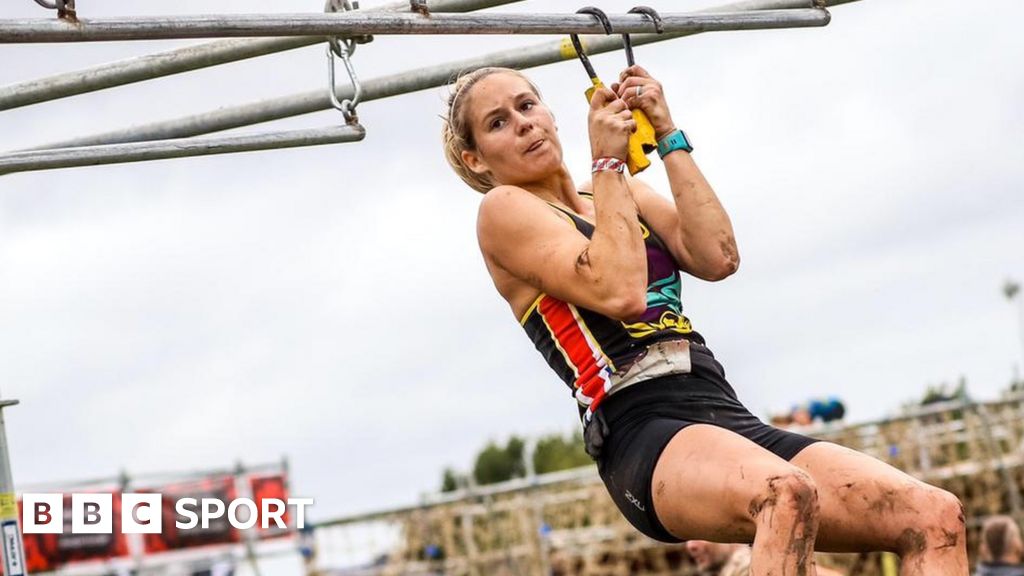“It’s early in the morning and you’re on the start line with a group of fierce-looking women getting ready to charge at a bunch of obstacles – you know it’s going to be a rollercoaster.”
Becky Neal is describing the world of obstacle course racing (OCR), a sport in which the athlete that can run, jump, crawl and scramble over a series of stubborn apparatus the fastest wins.
Competitions are tough and unforgiving due to the sheer levels of fitness needed to race over the unpredictable environment where courses are built.
Mud and sweat is guaranteed – the tears are optional.
“It challenges your entire body and mind,” Neal told BBC Sport.
“I did an event at Everest base camp where one of the obstacles involved carrying a 20kg sandbag.
“The altitude meant you had half the oxygen, it was freezing at -15ºC and I had been trekking over rough terrain.
“When it gets tough, you just have to find another part of you to push on and make it happen.”
Obstacle course racing has been growing in popularity for a number of years and there are now lots of well-organised mud-soaked and energy-sapping events organised for people looking for an adventurous alternative to the gym and their weekly long run.
Events take place all over the world, from sprawling urban city centres to farms in the countryside, and scenic mountainous landscapes to stifling deserts.
Distances and difficulty are varied.
Whether you are an explosive athlete, nimble speedster or endurance specialist, what is on offer is guaranteed to push your body to the limit and possibly make you question your decision to get out of bed and even turn up on the start line.
“It’s difficult but it’s always exciting,” added 31-year-old Neal from Poole, in Dorset.
“My first race was six years ago. I just turned up with no expectations, got stuck in and I was hooked.
“The sport is so varied, it’s always changing and overcoming the obstacles is really rewarding.
“It’s actually quite fun to just play on the equipment and it feels less pressured than other competitive sports.”



